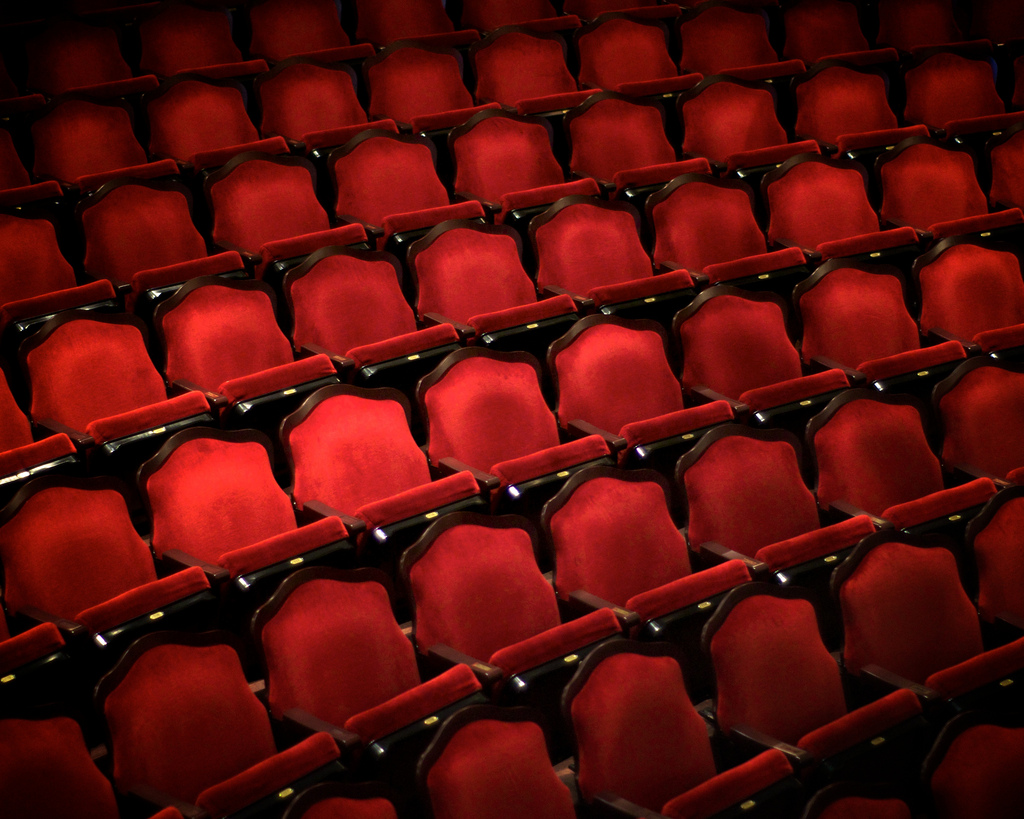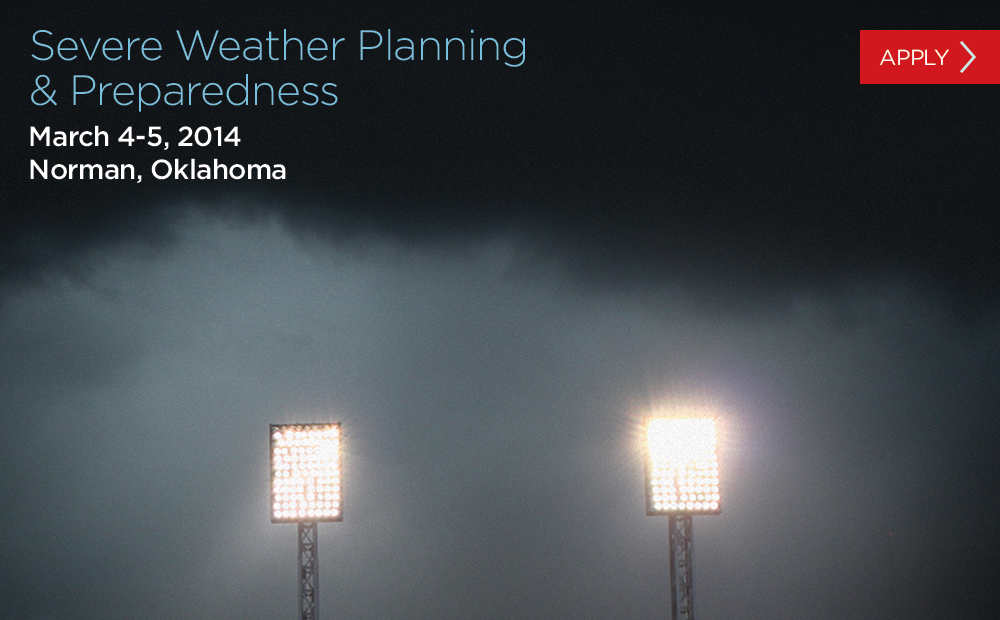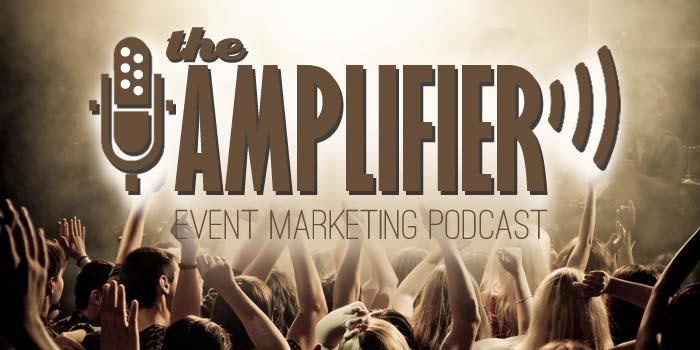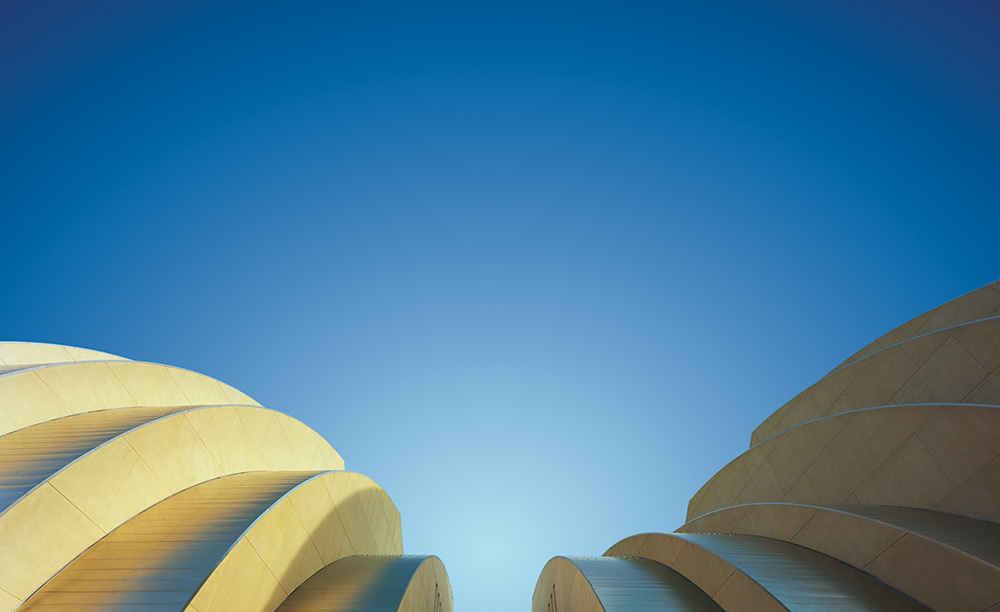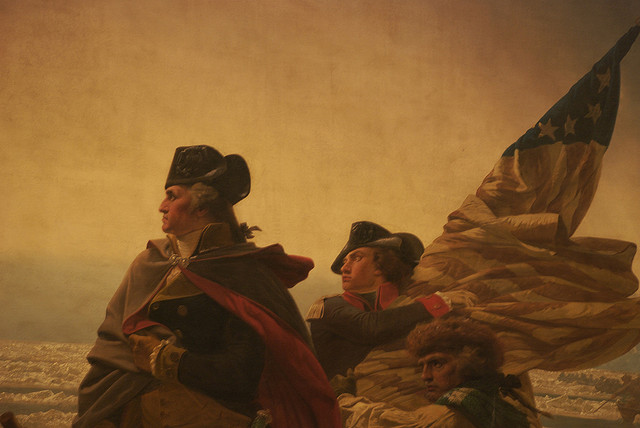4 Concerns Performing Arts Organizations Face Today
There’s an interesting article on npENGAGE about arts and cultural organizations, and I thought I’d share it with you. According to Jonathon Leeke, a product manager at Blackbaud, these are the top four concerns in guest services.
1) Technology
“The path from start to finish has to meet the most basic of users, but advanced options have to be nearby and easily discoverable.”
2) Making it simple AND secure
“Even if you have a system that lets members login to get discounts or view special information, it can be a barrier that some patrons are not willing to go through.”
3) Data collection
“Be creative, and visitors will appreciate they were able to arrive without answering awkward questions at the front desk.”
4) Capacity
“Analyze the seasonality, day of the week, growth rates, and patron segments to understand how many visitors you expect.”
Please read the full article on npENGAGE and let us know your suggested solutions to these concerns (and any others) in the comments section.
(photo credit: BenjaminThompson via photopin cc)
Andy McWilliams on the Value of the Severe Weather Course
We’ve been talking a lot about how valuable the education is at the AVSS Severe Weather Planning and Preparedness Course (March 4-5 in Norman, Oklahoma). However, it’s one thing to hear the message from headquarters. It’s another to hear it from former course student, Andy McWilliams, director of operations at Talladega Superspeedway.
I think the most important things that I learned during the course was a combination of some of the responsibilities that the venue has to its guests that may have been a little bit cloudy before, and the explanations that were given as to the dynamics involved in storms that make them so unpredictable, which requires event managers to be very proactive in the development and implementation of severe weather plans.
I think the basic concepts that are used and discussed in the course can be applied to various situations that arise in the operation of a venue and not just limited to severe weather situations.
The conference is very professionally conducted by individuals whom are some of the best resources on the subject matter discussed in the country. The location of the classes and the course schedule and criteria also make the course very interesting and attention grabbing for those in attendance.
According to Bob C. Mayer, CFE, a member of the AVSS Severe Weather Planning faculty, the program will feature the “rock stars” in the world of meteorology.
“[They] will discuss a variety of severe weather threats, including tornadoes, strong straight-line winds, hail, and atmospheric electricity (lightning),” he said in the Region VI newsletter. “You will learn a little about how to read those radar signatures and how to interpret that information. Experts in crowd management, legal issues, and architectural design will give you information that is so vitally important to your planning process. There will be a special focus on how you can create “Trigger Charts” for each event to help in the decision-making process during each type of severe weather threat, and you will experience an interactive and challenging exercise to bring all that you learn into focus.”
Please visit the Severe Weather Planning and Preparedness website to register and to learn more about the course.
Introducing the New Amplifier Event Marketing Podcast
It seems fitting that we’re announcing a new podcast series on World Radio Day, because podcasts are essentially the new radio. Their popularity has grown over the last few years as more people rely on the Internet for news, entertainment, and social interaction. And because we want to offer you content in a variety of ways for your busy lifestyle, we’re happy to present The Amplifier podcast, a free, educational program about marketing events and venues with conversations with some of the best minds in your profession.
“The new Amplier podcast series are relevant and timely discussions on how to market your venues’ events; insights from thoughtful and creative industry leaders,” said Gina Brydson, IAVM’s director of membership. “The beauty of this on-demand radio programming is that you can listen on your smartphone, in the office, when riding in your car…whenever the time is convenient for you. Another nice feature of your IAVM membership, for free! Who can dispute that value?”
The first episode features Errol McKoy, president of the State Fair of Texas. In the interview, host Kendra Wright talks with McKoy about how the State Fair of Texas has gained national presence, what McKoy has learned in his years in the industry, and his thoughts on Big Tex burning, the reaction, and how the fair was able to turn something bad into something good.
As I mentioned, The Amplifier is a valuable addition to your membership, another opportunity for us to inform, entertain, and inspire you. There are three ways you can listen.
1) Click the orange “Play” button on the episode below (it works on mobile devices, too).
2) Subscribe on iTunes, so you’ll always have the latest episode on your device.
3) Or subscribe to The Dirt, and we’ll make sure you’re always in-the-know.
The Amplifier is brought to you by Saffire Events in cooperation with IAVM, the International Association of Fairs & Expos, the International Festivals & Events Association, and the Western Fairs Association.
Please let us know in the comments section if you’d like to be on a future podcast episode or your thoughts about the podcast. Thank you for listening!
Interdepartmental Collaboration is Critical During Challenges
Boot camps are a great way to learn new skills or beef up the ones you already have, and at this year’s Performing Arts Managers Conference in Kansas City, Missouri, Feb. 22-25, attendees will learn about crisis communication. Here’s the teaser description:
Tickets have been sold, the reception is planned, artist contracts are in hand. Suddenly, you and your staff are faced with significant changes to the original plan – the artist is no longer available, the menu requires a complete overhaul AND an unexpected guest is creating all sorts of challenges. Everything is turning upside down!
Through a series of table-top strategy sessions and active hands-on activities, participants will explore how various departments interact when major challenges come down the road. Assisted by industry professionals and experts, participants will explore the interdepartmental collaboration critical to the success of a performing arts venue.
Millie Dixon, principal at Theatre Projects Consultants Inc., and Don Fassinger, manager of the Tempe Center for the Arts, are leading the boot camp this year.
“The initial conference theme was ‘crossroads,” Dixon and Fassinger said. “As the Boot Camp team began the planning process, we discussed how projects often involve multiple departments within a facility operation and how a decision in one department impacts all others. For example, a last minute artist change ripples through all departments with necessary changes resulting in marketing, ticketing, hospitality, production, concessions, etc.”
Dixon and Fassinger said that effective and complete communication is probably the greatest challenge in getting different departments to work together in times of crisis. To supplement how to manage that, attendees will participate in several hands-on activities.
“The Boot Camp focus is all about hands-on activities throughout the afternoon—that’s what makes the Boot Camp exciting,” they said. “Participants will be involved in change overs with lighting and audiovisual equipment, front of house logistics, technology, etc.”
It sounds like it will be a great camp, and there’s still time to register for the conference if you haven’t already.
(Image: Kauffman Center for the Performing Arts | Tim Hursley)
Inspiring Greatness – It’s Never Too Late to Learn How
Being exposed to, and influenced by, a great leader is one of the most important tools we can provide to young managers in our industry. To see first-hand an individual who demonstrates compassion and inspiration, leads with strength, grace, seemingly boundless energy, and a clear vision is a valuable experience for those looking to lead the next generation.
Sometimes leadership seems like an elusive trait, and the concept of a “born leader” versus a “learned leader” is highly debated. Emotional intelligence (EI) is just part of the recipe that makes a great leader. EI is the ability to express and control our own emotions, and it includes our ability to understand, interpret, and respond to the emotions of others. You can learn more about EI with a story recently posted on our blog, “Making Better Decisions Through Emotional Intelligence”.
I wanted to find out a bit more about leadership, so I reached out to Kate Walsh, PhD, an associate professor of organizational management at the School of Hotel Administration, Cornell University. Dr. Walsh is also an instructor for IAVM’s Senior Executive Symposium (SES), the association’s four-day, deep dive into leadership training held each year at Cornell University.
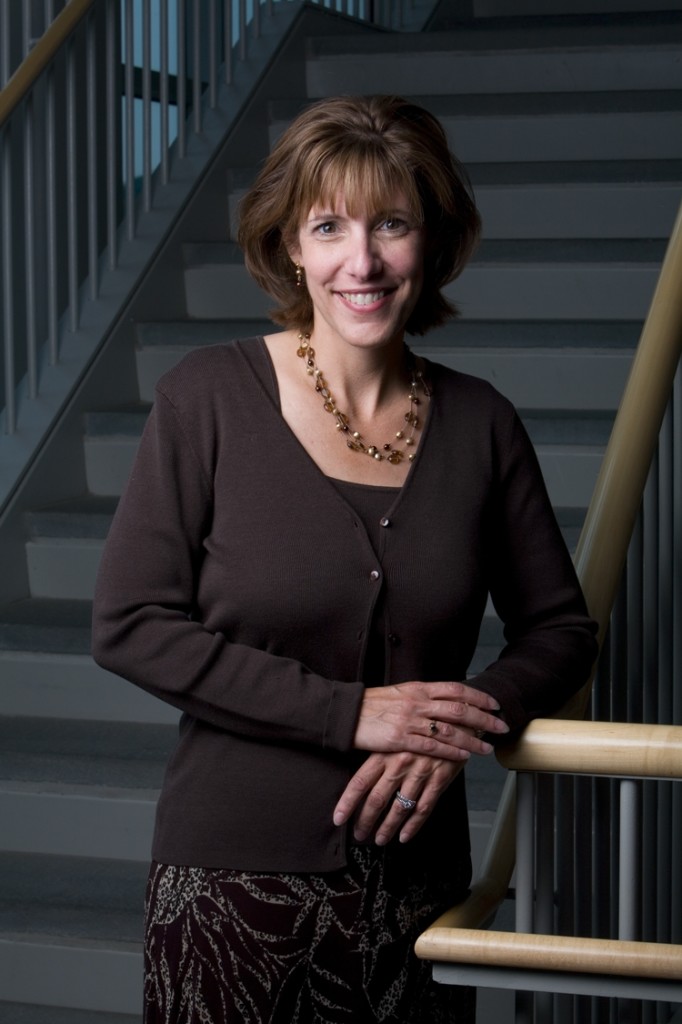 “Really good managers control, direct, and manipulate,” Walsh said. “Outstanding leaders do the opposite. They create a shared vision, and through how they share their power and ideas, as well as rewards, inspire others to work toward that vision.
“Really good managers control, direct, and manipulate,” Walsh said. “Outstanding leaders do the opposite. They create a shared vision, and through how they share their power and ideas, as well as rewards, inspire others to work toward that vision.
“Lots of individuals make wonderful managers, and as they are promoted to more senior positions, still act as managers! They fail to understand that their role is to gradually let go and stop managing. Instead, they need to guide their organizations through how they connect with others. Their emotional intelligence is key to their ability to do so.
“EI is comprised of four components: Self-awareness, self-control, an understanding of one’s environment, and mostly importantly, relationship management skills,” she continued. “All these skills can be learned. And it’s exactly what we discuss in the Senior Executive Symposium. As these executives progress in their careers, they need to let go of some of the behaviors that got them to their success today. Instead, we focus on how these leaders can use their unique skill set to authentically lead in many of the ways discussed in the Forbes article. The class I facilitate is completely focused on the participants and through surveys, experiential exercises, applied discussions, and action plans, we have a lot of fun, developing meaningful takeaways that participants can immediately apply to their own venues.”
Senior Executive Symposium curriculum covers leadership culture, ethics, diversity and conflict management, and loyalty and brand management. It’s ranked as one of IAVM’s most valuable tools for leadership training. There is still time to apply for the Senior Executive Symposium taking place May 12-15 at Cornell University in Ithaca, NY. Apply today.
(photo credit: Brian Warren via photopin cc)
Do you want to receive a Front Row News weekly digest?
Categories
- Allied (861)
- Architecture (147)
- Arenas (747)
- Career (897)
- Convention Centers (895)
- Education (623)
- Events (1,544)
- Food & Beverage (193)
- Foundation (113)
- Guest Experience (1,496)
- Industry News (2,270)
- Leadership (1,888)
- Marketing (150)
- Membership (2,000)
- Music (213)
- Performing Arts Centers (454)
- Professional Development (409)
- Research (127)
- Safety & Security (442)
- Sports (763)
- Stadiums (608)
- Student (159)
- Technology (516)
- Ticketing (92)
- Touring (82)
- Trends (364)
- Uncategorized (724)
- Universities (218)
- Video (25)
- Young Professional (198)
Twitter Feed
- Twitter feed loading
Recent Posts
- Matt Rife Breaks Record for Most Tickets Sold for a Comedy Show at Honda Center
- The Events Industry Council Recognizes the Miami Beach Convention Center (MBCC) for Achieving Gold Level Sustainability Certification
- Raleigh Convention Center Shares Designs of Upcoming Expansion
- Acrisure Arena Wraps ‘Magnificent 7’ with Record-Setting Week of Live Entertainment, Welcoming Fans from All 50 States
- Welcome to Our Newest Members
Categories
- Allied
- Architecture
- Arenas
- Career
- Convention Centers
- Education
- Events
- Food & Beverage
- Foundation
- Guest Experience
- Industry News
- Leadership
- Marketing
- Membership
- Music
- Performing Arts Centers
- Professional Development
- Research
- Safety & Security
- Sports
- Stadiums
- Student
- Technology
- Ticketing
- Touring
- Trends
- Uncategorized
- Universities
- Video
- Young Professional
Archives
- October 2025
- September 2025
- August 2025
- July 2025
- June 2025
- May 2025
- April 2025
- March 2025
- February 2025
- January 2025
- December 2024
- November 2024
- October 2024
- September 2024
- August 2024
- July 2024
- June 2024
- May 2024
- April 2024
- March 2024
- February 2024
- January 2024
- December 2023
- November 2023
- October 2023
- September 2023
- August 2023
- July 2023
- June 2023
- May 2023
- April 2023
- March 2023
- February 2023
- January 2023
- December 2022
- November 2022
- October 2022
- September 2022
- August 2022
- July 2022
- June 2022
- May 2022
- April 2022
- March 2022
- February 2022
- January 2022
- December 2021
- November 2021
- October 2021
- September 2021
- August 2021
- July 2021
- June 2021
- May 2021
- April 2021
- March 2021
- February 2021
- January 2021
- December 2020
- November 2020
- October 2020
- September 2020
- August 2020
- July 2020
- June 2020
- May 2020
- April 2020
- March 2020
- February 2020
- January 2020
- December 2019
- November 2019
- October 2019
- September 2019
- August 2019
- July 2019
- June 2019
- May 2019
- April 2019
- March 2019
- February 2019
- January 2019
- December 2018
- November 2018
- October 2018
- September 2018
- August 2018
- July 2018
- June 2018
- May 2018
- April 2018
- March 2018
- February 2018
- January 2018
- December 2017
- November 2017
- October 2017
- September 2017
- August 2017
- July 2017
- June 2017
- May 2017
- April 2017
- March 2017
- February 2017
- January 2017
- December 2016
- November 2016
- October 2016
- September 2016
- August 2016
- July 2016
- June 2016
- May 2016
- April 2016
- March 2016
- February 2016
- January 2016
- December 2015
- November 2015
- October 2015
- September 2015
- August 2015
- July 2015
- June 2015
- May 2015
- April 2015
- March 2015
- February 2015
- January 2015
- December 2014
- November 2014
- October 2014
- September 2014
- August 2014
- July 2014
- June 2014
- May 2014
- April 2014
- March 2014
- February 2014
- January 2014
- December 2013
- November 2013
- October 2013
- September 2013
- August 2013
- July 2013
- June 2013
- May 2013
- April 2013
- March 2013
- February 2013
- January 2013
- May 2012
- March 2012
- December 2011
- November 2011
- October 2011
Recent Comments
- Frank Bradshaw, Ph.D., CVE on John Meyer, CVE, a Tireless Advocate of Certification for Venue Professionals, Has Died
- Neil Sulkes on Hilary Hartung, Friend to Many in Venue Marketing, Has Left Us
- Jason Parker, CVE on The Devastation of Hurricane Helene and How We Can Support One Another
- Larry Perkins on Touhey Testifies Against Speculative Ticketing Before Congressional Subcommittee
- Peter Secord on Major Players for Planned Elkhart Amphitheater Were in the Mix at VenueConnect

